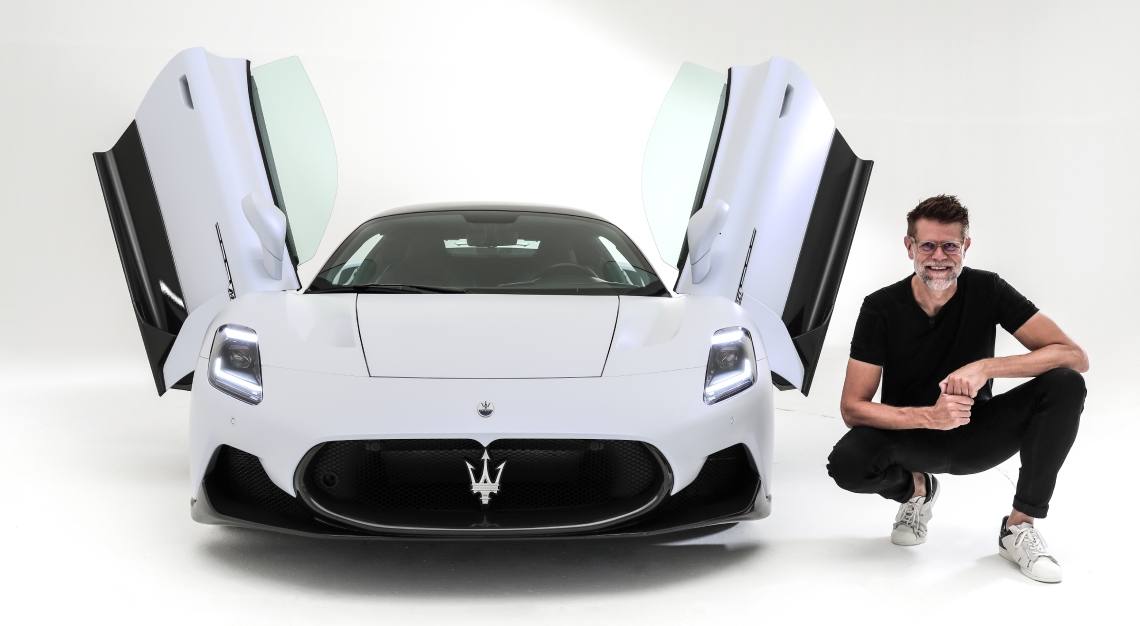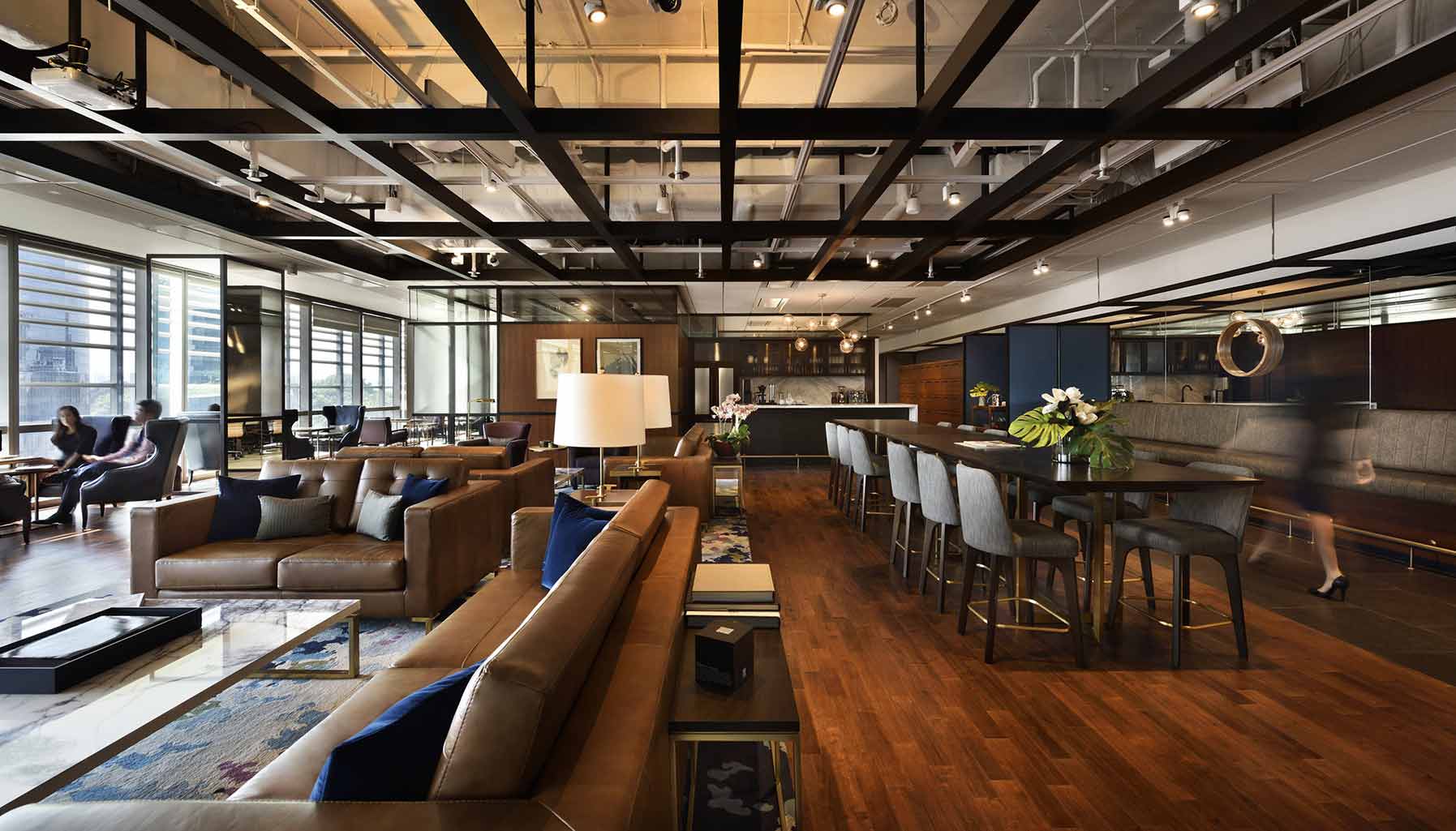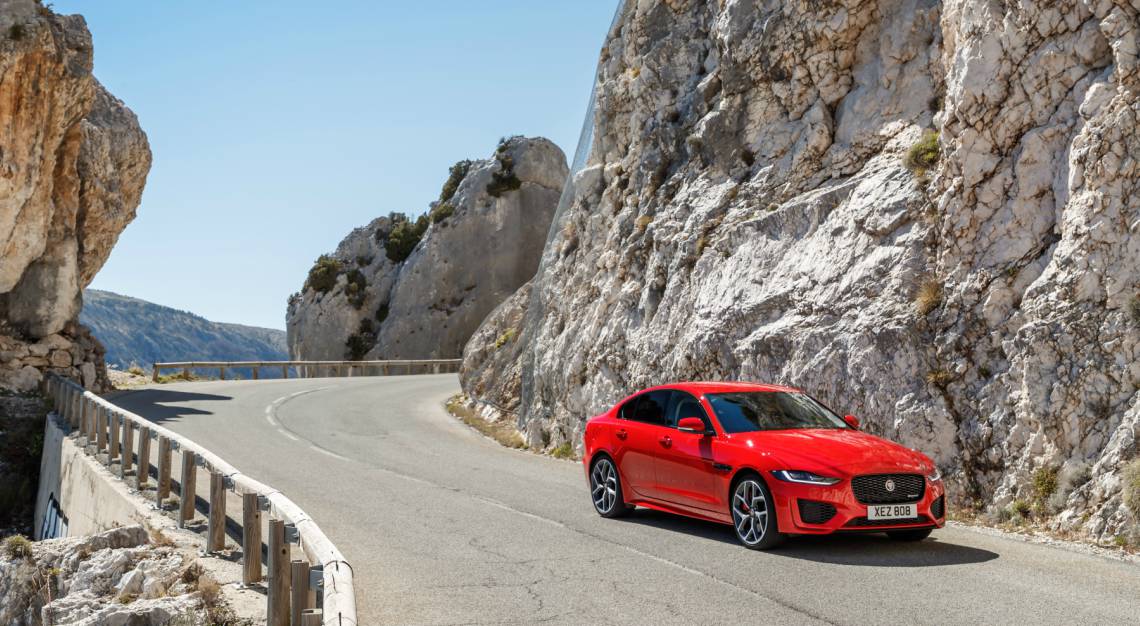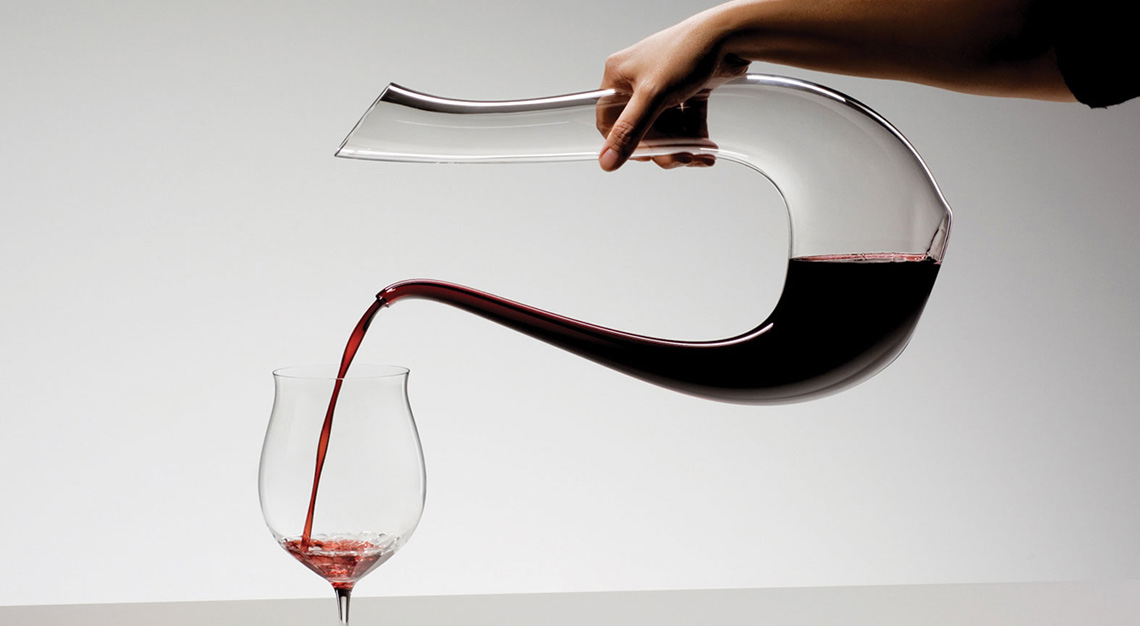A smart city isn’t necessarily one that’s liveable – which is why this duo is transforming downtown areas into vibrant, welcoming spaces
If there’s another lesson to be gleaned from the pandemic, it’s the realisation that Singapore’s central business district (CBD) hasn’t been designed as effectively as it ought to be. During last year’s circuit breaker, the CBD was plagued with silence and physical inactivity for several months, and not just on the weekends – further highlighting just how under-utilised the space has been.
While architectural companies that dedicate their efforts to designing smart and sustainable cities are a dime a dozen, few to none bring to the table what PLP Architecture has been able to. This London-based firm is behind some of the world’s greenest and most intelligent developments, such as The Edge in Amsterdam (dubbed the most sustainable building in the world); Alderley Park in Cheshire, England, a world-class campus dedicated to scientific research that relies on nature and unique structures to connect companies in the area; and Krea University in Andhra Pradesh, India, an 81-hectare site built around principles such as carbon neutrality, 100 per cent renewable energy, water self-sufficiency and zero waste to landfill.
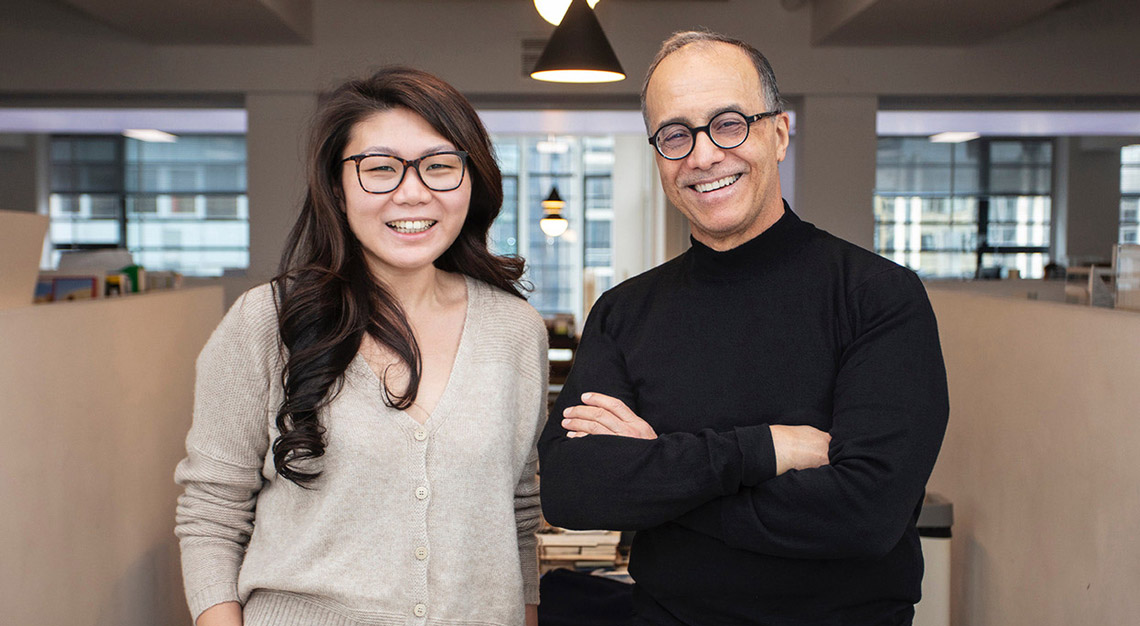
In the world of urban regeneration, PLP Architecture is ready to go full throttle. The firm is looking to open an office in Singapore by the end of this year, kickstarting its efforts to transform the city’s CBD from being solely a place for work, but also an attractive spot to live and play.
Lee Polisano and Tina Qiu, president and senior associate partner of PLP Architecture respectively, tell Robb Report how the firm is planning to zero in on these efforts.
What does PLP Architecture’s physical presence in Singapore signify?
Lee Polisano (LP): We see Singapore as a pillar to achieving our goals. We have a studio in Tokyo and we’re doing some really interesting, large-scale projects on urban regeneration with other Japanese architects. And essentially, here’s the ultimate goal: to conceptualise a narrative for 21st-century ‘live, work, play’ environments through collaborations. That’s exactly what we’ll be doing in Singapore – collaborating with local architects as well.
Your company has a gained a strong footing in Europe. What type of projects are you looking to focus on in Southeast Asia?
LP: At this moment, we’re doing a lot of research on smart buildings and smart cities. A built environment is going to become more and more important in the Asian continent. And I think, once it really gets going, Singapore will probably be the leading place for it.
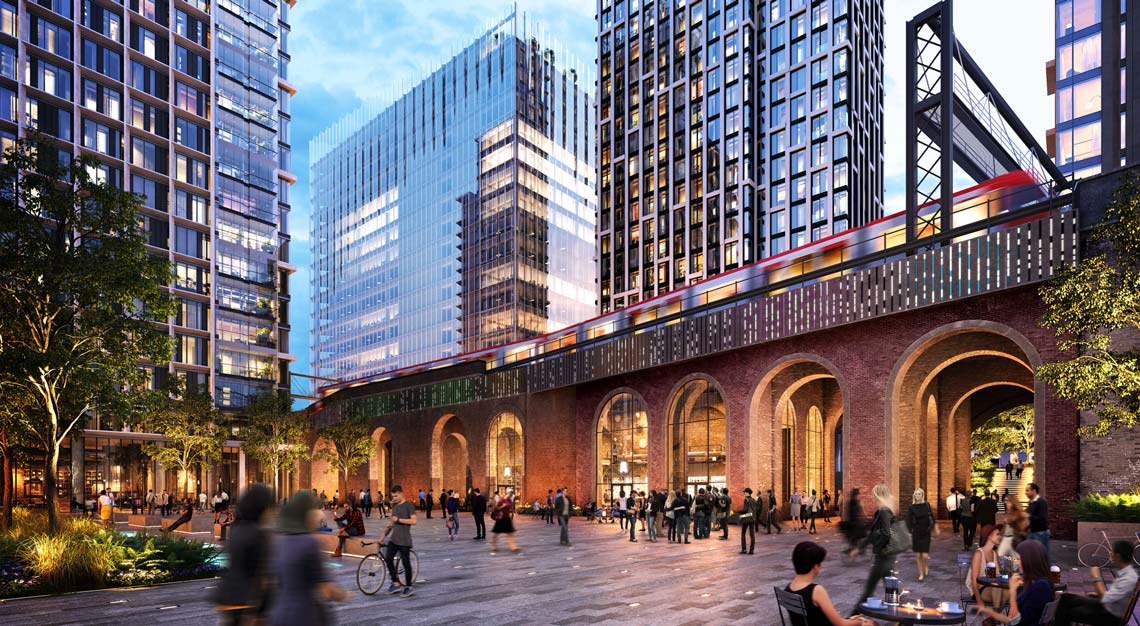
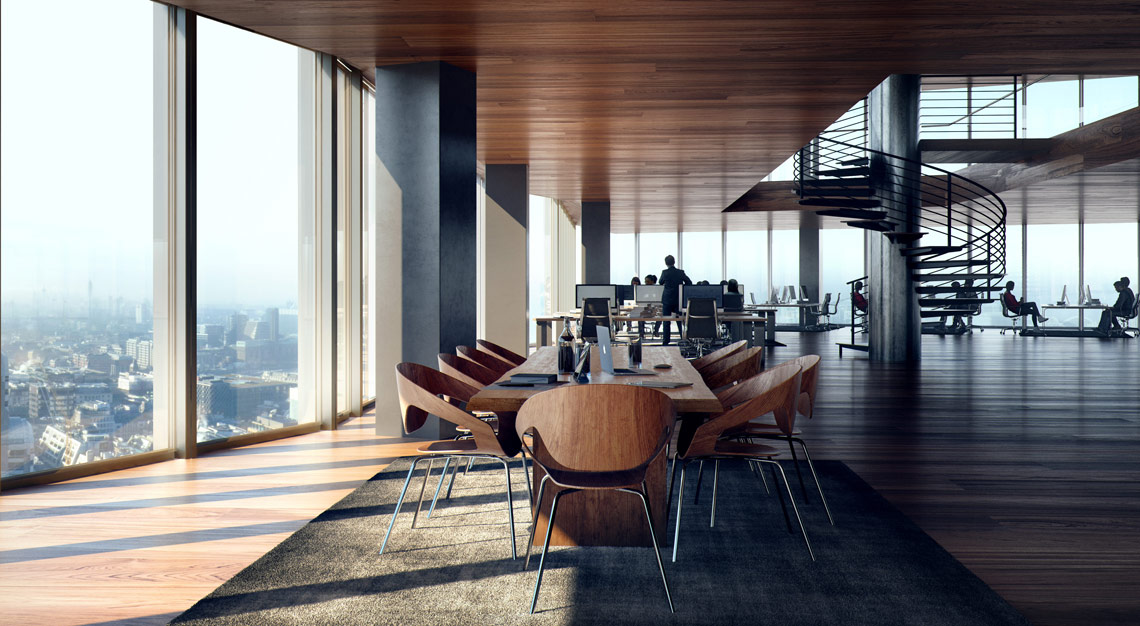
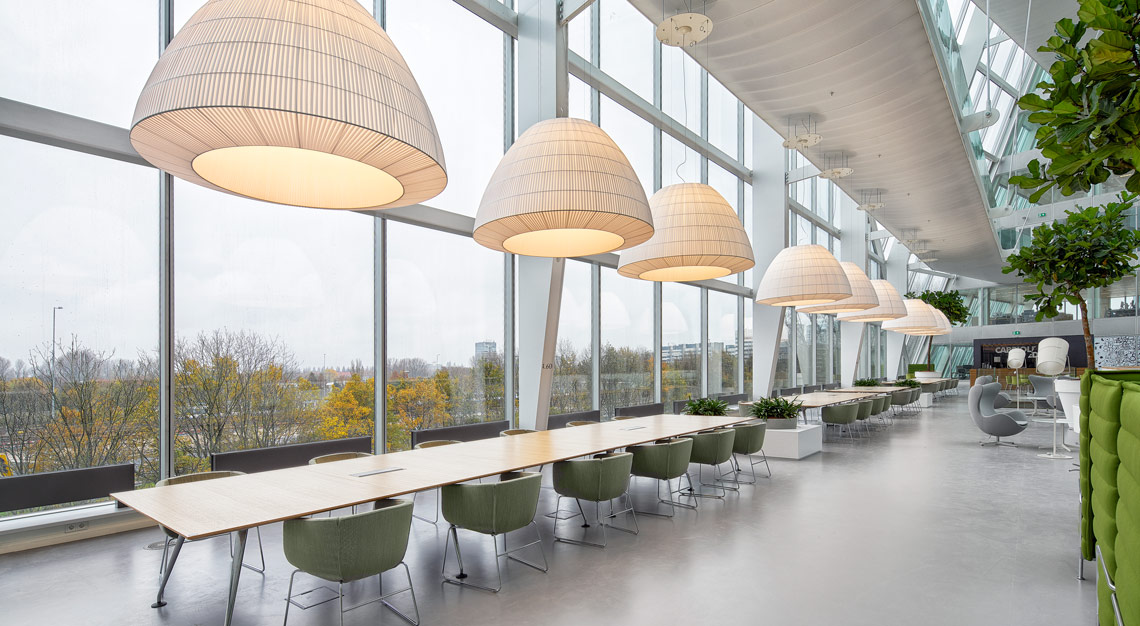
And how exactly does the team plan on bringing life back to the CBD in Singapore?
Tina Qiu (TQ): The initiative is to transform the downtown area or CBD to a space that can be utilised 24/7 – an aspiration of the Urban Redevelopment Authority (URA). To execute this, there is a need to deeply understand how the CBD currently serves the community and where it needs to be, for instance, in 10 years. The idea is to let the district evolve into a huge public space where people would be attracted to stay for a while even after working hours. It’s a project that needs to be thought out very carefully.
LP: All the initiatives have an underlying emphasis on placemaking. In countries with extreme climates, there’s always a tendency to build indoor spaces. And although people shop differently now and don’t necessarily have to visit malls, it only means that a lot more space can be transformed to places that would cater to those who fall into the ‘live-work-play 24/7’ category.
And you can’t achieve this just by building buildings. These are the questions we’d have to ponder: “Why would one live in the CBD?”, “Why would he or she commute to the CBD, especially if it’s far from home?” and “Are there interesting places in the CBD for people to take a walk, exercise or bring their family?”.
How did this idea come about?
LP: Long before the pandemic hit, we were witnessing changes within CBDs across the world. This shift in trend is brought about by a shift in policies combined with a change in real estate value. Traditional CBDs that were once heavily dominated by finance and business activities are transitioning into places that will strike a much-needed balance between work, play, live and learn.
The need for this trend to accelerate has become more apparent during the pandemic. We witnessed the almost complete desertion of many of the world’s prestigious CBDs that lacked the live and play components.
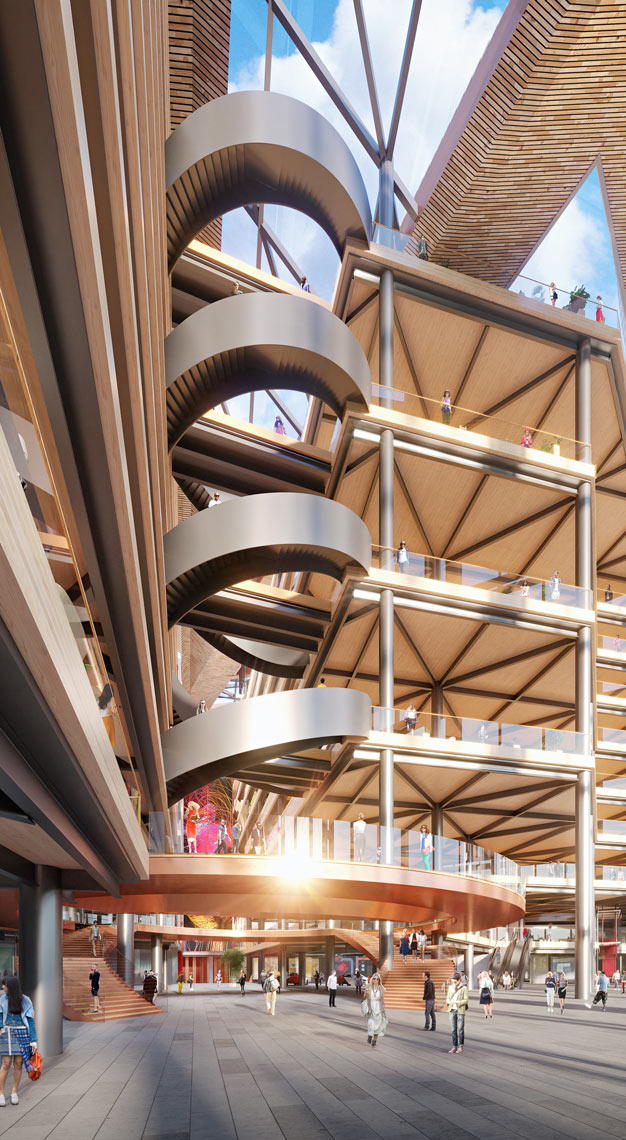
Should one expect Singapore’s CBD to double as a space for recreational activities?
LP: Every city struggles with this, right? They struggle to design spaces that serve business and leisure in exact equal measure. If you work in the CBD, you’re essentially expected to live a certain quality of life; working in a quiet, green space or places like that. But if you wish for more people to utilise the CBD on a 24/7 basis, it’s critical to understand that the qualitative side of the project is really important. And hence, we’d have to curate a variety of spaces.
For instance, when anyone mentions the Rockefeller Center in New York, everyone knows it’s where the Christmas trees are situated at the end of the year. And we’d want to build and design the CBD with the same exactly mentality – ensuring that any given space will be recognised for more than one purpose.
What are some of the difficulties the team foresees in executing this?
TQ: Given that most of these vicinities occupy a strategic position within cities and form the core of everyday urban life, it is essential that they evolve to be a more dynamic and resilient part of our communities. This means that we’re not only finding ways to inject 24/7 activities through a variety of uses, but more importantly, we’d have to knit placemaking and cultural activities into the mix. This is to promote a lively, vibrant, safe and educational environment for people to work and live within.
